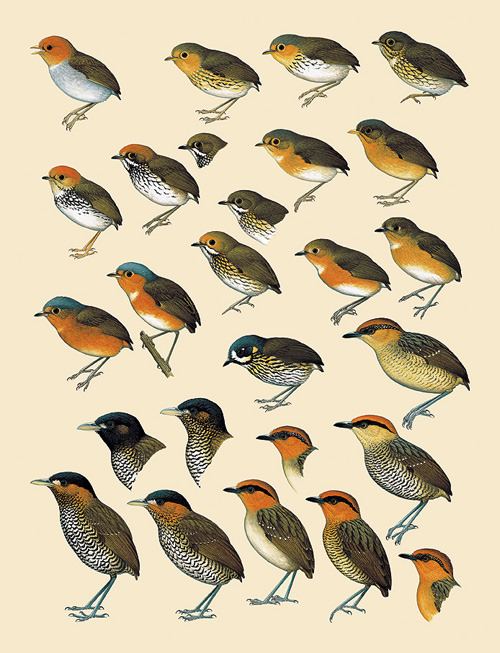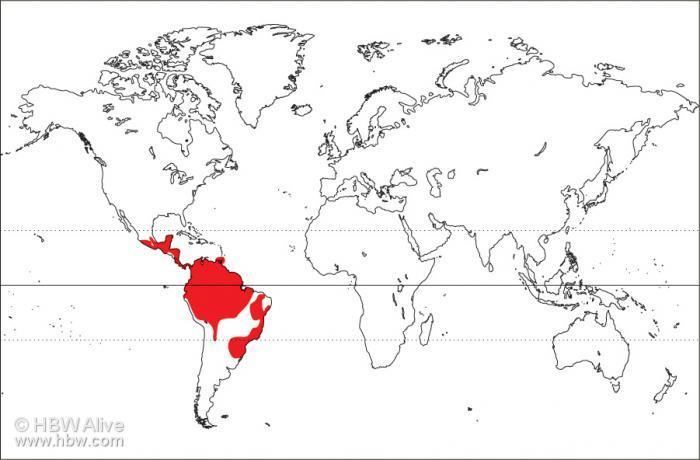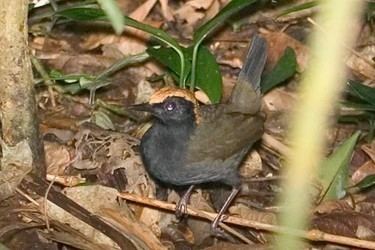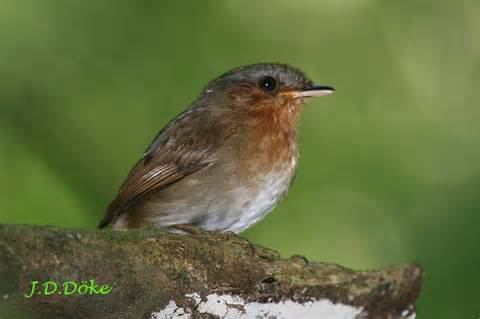Order Passeriformes Scientific name Formicariidae Rank Family | Phylum Chordata Suborder Tyranni Higher classification Passerine | |
 | ||
Lower classifications Grallaria, Formicarius, Hylopezus, Black‑faced antthrush, Short‑tailed antthrush | ||
Formicariidae is a family of smallish passerine birds of subtropical and tropical Central and South America known as formicariids. They are between 10 and 20 cm (4 and 8 in) in length, and are related to the antbirds, Thamnophilidae, and gnateaters, Conopophagidae. This family contains probably (see below) some 12 species in two fairly small genera.
Contents
These are forest birds that tend to feed on insects at or near the ground since many are specialist ant eaters. Most are drab in appearance with shades of (rusty) brown, black, and white being their dominant tones. Compared to other birds that specialize in following ants, this family is the most tied to the ground. The long, powerful legs (which lend the birds a distinctive upright posture) and an essentially vestigial tail aid this lifestyle.

They lay two or three eggs in a nest in a tree, both sexes incubating.
Systematics

The antthrushes in the genera Formicarius and Chamaeza are similar in appearance to small rails. Their sexes are alike in plumage, and they walk like starlings. The thrush part of the name refers only to the similarity in size (and in Chamaeza also coloration) to true thrushes, not to an evolutionary relationship.

Recent research (Irestedt et al. 2002, Rice 2005a,b) indicates that the Formicariidae as previously delimited are highly paraphyletic, judging from comparison of several mt and nDNA sequences. The aberrant bar-bellied "antpittas" of the genus Pittasoma, which were formerly placed here, belong to the gnateater family (which initially was also considered part of the Formicariidae); as the gnateaters proper, they are sexually dichromatic. In addition, the true antpittas formerly placed in this family are now found in their own family, the Grallariidae. On the other hand, at least a large proportion of the Rhinocryptidae (tapaculos), including the type genus Rhinocrypta, seem to be closer to the antthrushes, but are still considered a distinct family.

Very little molecular data is currently available for rhinocryptids, which are moreover rather non-diagnostic morphologically. As relationships with related groups such as ovenbirds have not been fully resolved, it is certain that the systematics of the group will be revised soon, but it is not clear how exactly the new systematic lineup will be. On the other hand, morphological, behavioral and molecular analyses of the true antpittas agree astoundingly well as regards their internal systematics, considering the high amount of lifestyle-related homoplasies in the birds discussed here. Recent taxonomic favor has moved three major lineages – antthrushes, tapaculos and allies, and antpittas into separate families.
Antthrushes
Typical antthrushes - tribe Formicariini/subfamily Formicariinae
